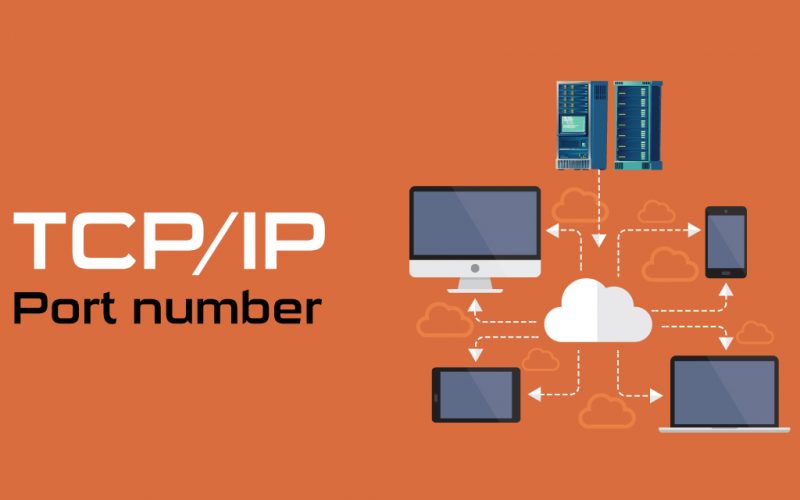Communication protocols play a crucial role in enabling the exchange of data and information between IoT devices, networks, and applications. Here are some basics of widely used IoT protocols:
- TCP/IP (Transmission Control Protocol/Internet Protocol): TCP/IP is the foundational protocol suite of the internet and is commonly used in IoT applications. It provides reliable, connection-oriented communication between devices over IP networks. TCP ensures data integrity by sequencing and acknowledging data packets, while IP handles the addressing and routing of packets.
- MQTT (Message Queuing Telemetry Transport): MQTT is a lightweight, publish-subscribe messaging protocol designed for resource-constrained devices and unreliable networks. It follows a publisher-subscriber model, where devices publish data to a broker, and other devices subscribe to relevant topics to receive the data. MQTT is widely used in IoT applications that require low bandwidth and efficient communication, such as remote monitoring and control systems.
- CoAP (Constrained Application Protocol): CoAP is a specialized protocol designed for constrained devices in low-power, lossy networks, such as IoT devices operating on battery power or wireless sensor networks. It is built on top of UDP (User Datagram Protocol) and uses a request-response model for communication. CoAP is lightweight, efficient, and supports resource discovery, caching, and asynchronous communication.
- HTTP (Hypertext Transfer Protocol): While HTTP is primarily used for web communication, it is also used in IoT applications, especially for interactions between IoT devices and web-based services. HTTP is a request-response protocol that operates over TCP/IP. It provides a flexible and widely supported mechanism for devices to interact with web servers and cloud platforms.
- AMQP (Advanced Message Queuing Protocol): AMQP is a messaging protocol that allows the exchange of messages between applications and devices. It provides reliable, asynchronous communication based on a publish-subscribe or queue-based model. AMQP supports interoperability and is often used in enterprise IoT applications and message-oriented middleware.
- Zigbee: Zigbee is a low-power, wireless communication protocol designed for short-range, low-data-rate IoT applications. It operates on the IEEE 802.15.4 standard and provides a mesh network topology, allowing devices to form self-organizing networks. Zigbee is commonly used in home automation, lighting control, and sensor networks.
- LoRaWAN: LoRaWAN (Long Range Wide Area Network) is a low-power, long-range wireless protocol designed for IoT applications that require wide-area coverage. It operates in unlicensed frequency bands and supports long-range communication with low data rates. LoRaWAN is suitable for applications like smart cities, agriculture, and asset tracking.
- NB-IoT (Narrowband IoT): NB-IoT is a cellular communication standard specifically designed for IoT devices. It operates in licensed cellular spectrum and provides low-power, wide-area coverage. NB-IoT offers improved coverage, longer battery life, and better penetration in buildings compared to traditional cellular networks, making it suitable for large-scale IoT deployments.
These protocols are just a few examples of the diverse range of communication protocols used in IoT applications. The selection of a protocol depends on factors such as the application requirements, device constraints, network characteristics, and scalability needs.
SHARE
